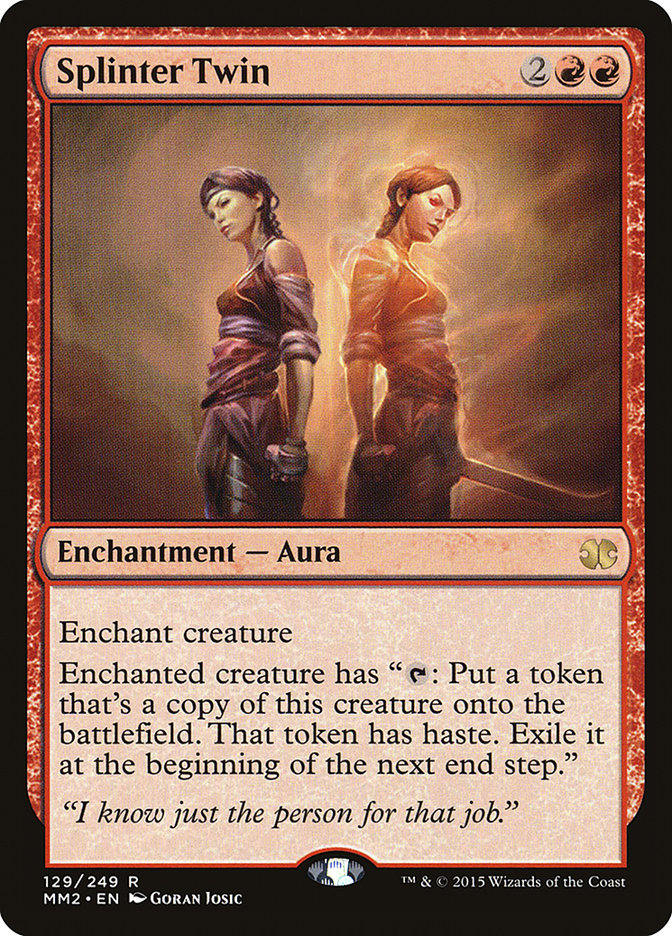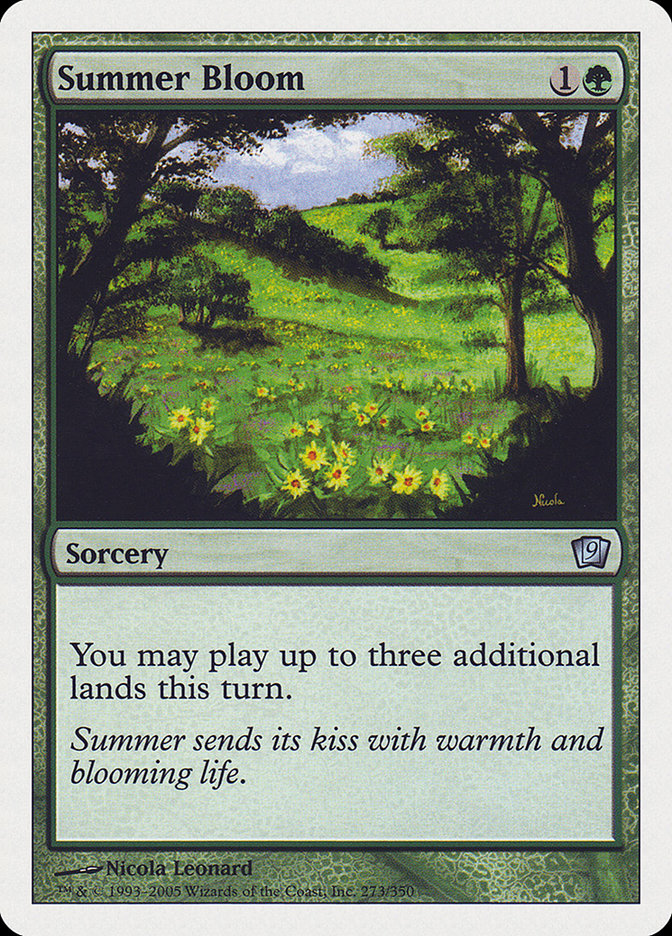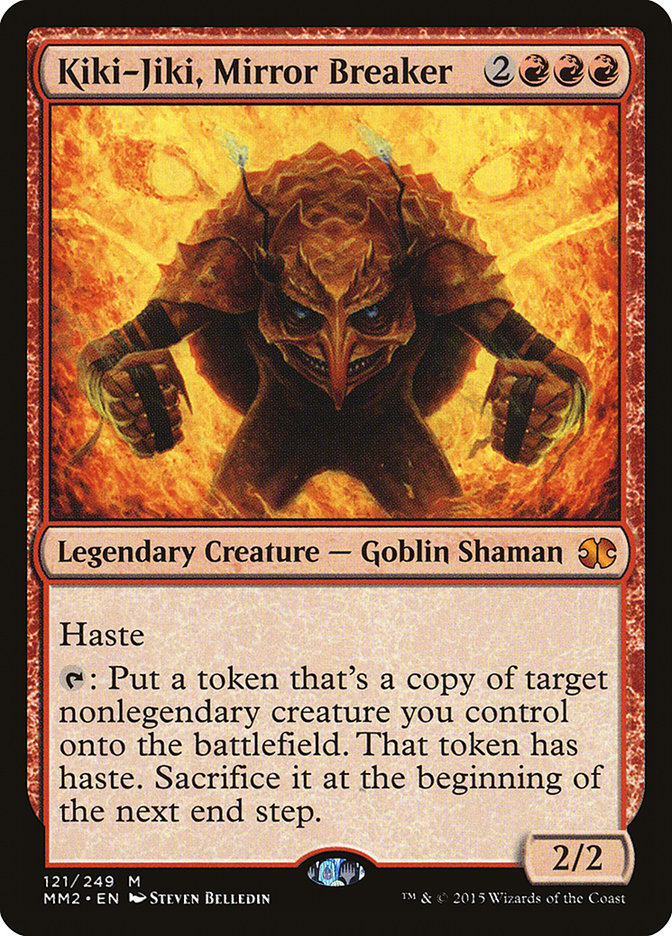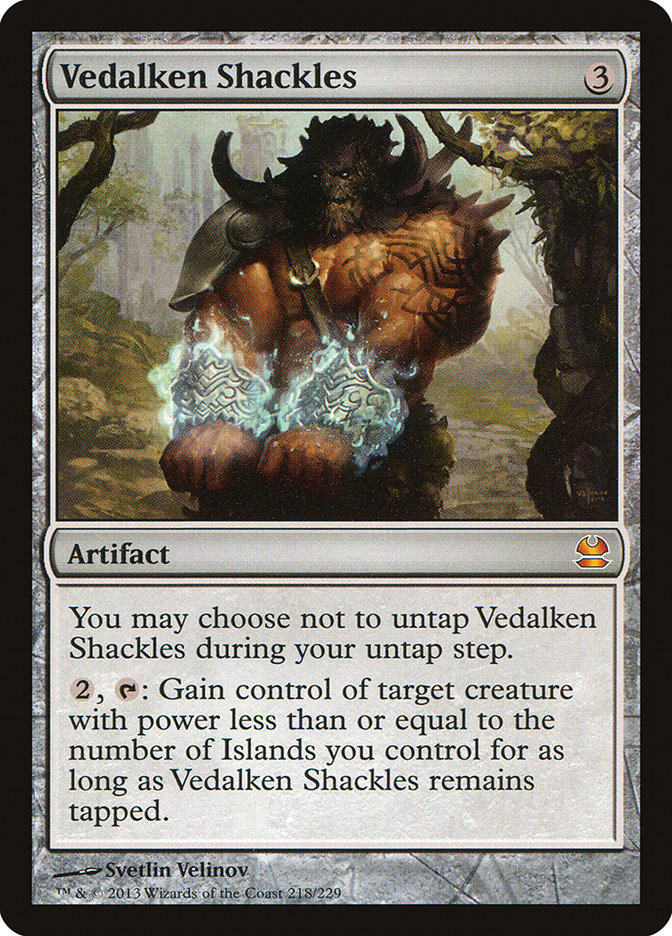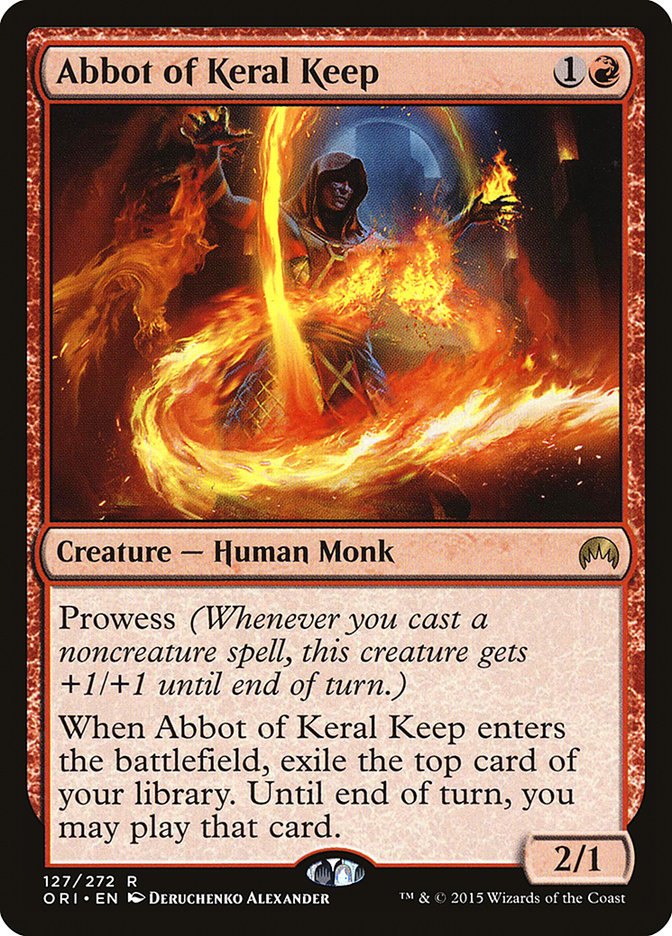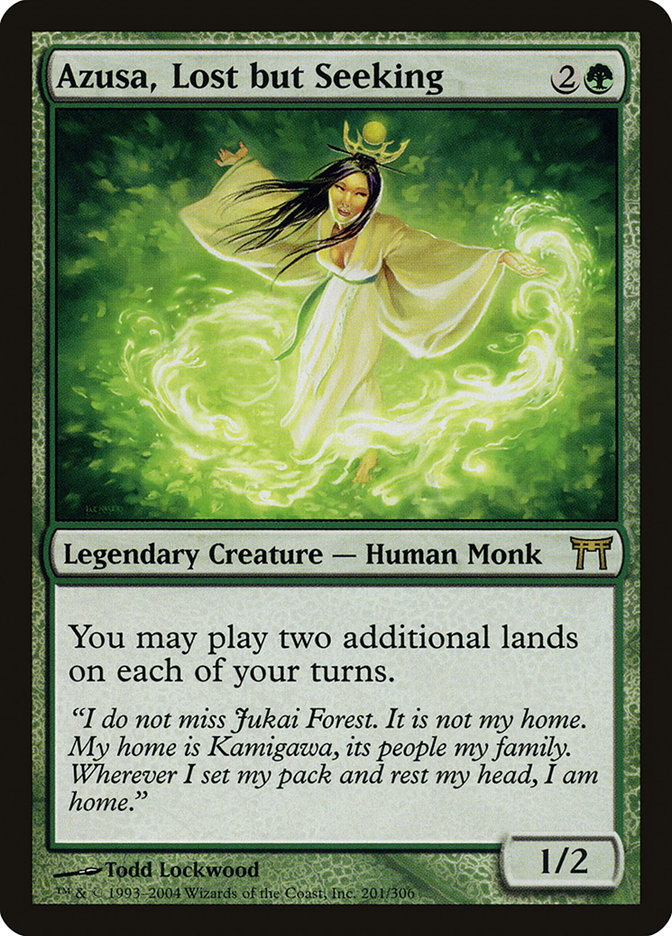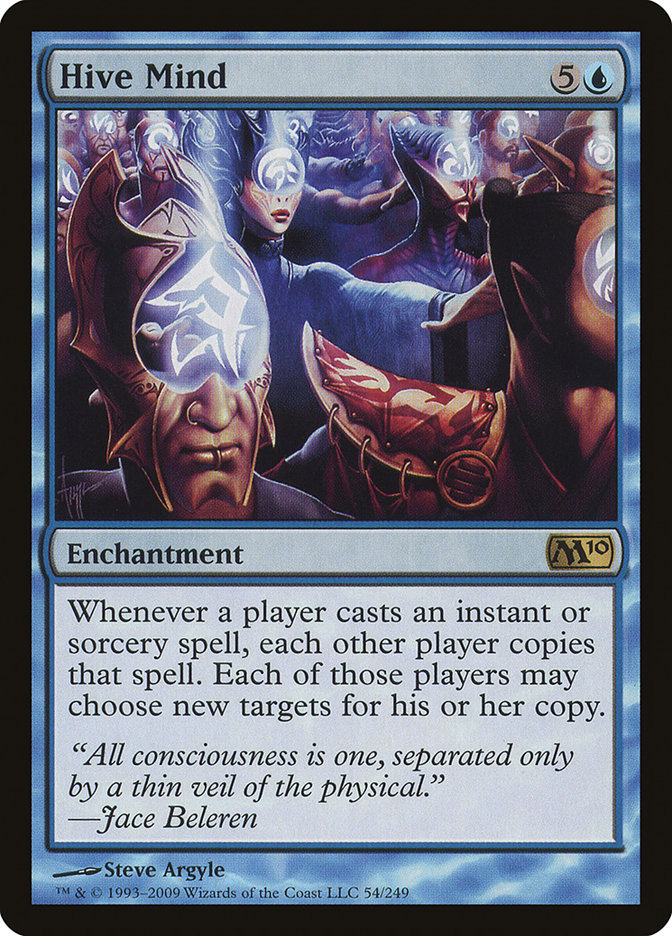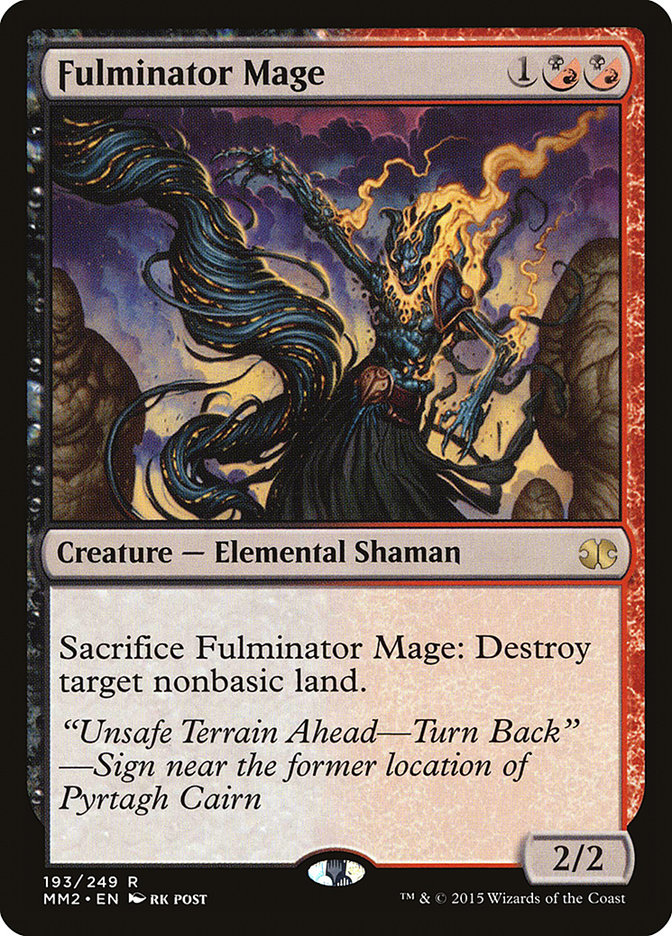I was sifting through my prerelease deck at 1:30 AM on Saturday when the news reached me: Summer Bloom and Splinter Twin are banned in Modern. A few hours earlier, I had heard that Magic Online considered them to be banned on their beta. I figured that could have easily been some kind of coding error or remnant from internal testing, though. Magic Online isn’t exactly a bastion of reliable data.
I was wrong. With the cat out of the bag, WotC dropped their B&R announcement two and a half days early. Summer Bloom? Banned. Splinter Twin? Banned. No cards were unbanned. Good game to everyone who plays one of two of Modern’s most popular decks.
I had already written an article for the week, of course. It was about how to get into Modern, with advice directed toward players who find the format too cost-prohibitive. You’ll get that article next week, with a few additions discussing what to do about cases like this. For now, though, let’s dive into what the latest round of Modern bans mean for the format going forward. It’s Sunday morning, I’ve got a full mug of cold brew, and there’s a full day of playoff football coming up. Let’s do this.
The Big Picture: How Wizards Thinks About Modern
Before we get into short term specifics, let’s talk about how Wizards of the Coast views Modern in 2016. While the Summer Bloom ban wasn’t surprising—I’ve been saying that Amulet of Vigor would likely be banned for several months now, and this is essentially the same thing—the Splinter Twin axe was quite a shock. Twin combo has been around since the beginning of Modern, and it has rarely been too oppressive. Splinter Twin was just reprinted in Modern Masters. Very few people saw this coming. What’s the deal?
Well, the official announcement on DailyMTG offers some clues. The Summer Bloom ban was based on a philosophy that WotC has espoused since the start of the format: decks that can win before turn 4 are not allowed to survive. For a while, it looked like this rule might only apply to decks that could win on turn 3 a large percentage of the time. At this point, I think we can safely say that any deck that’s reasonably capable of winning (or at least drawing a concession) on turn 3 is worth seriously monitoring, especially if it ends up in Modern’s top tier. Goryo’s Vengeance, you’re on notice.
Splinter Twin was banned for entirely different reasons. “In the interest of competitive diversity,” the article reads, which essentially means that the deck was a pillar of the format for too long. Uh, what?
This rationale for banning a card is much more difficult to predict, but it’s a bit facile to say that every card in the format is at risk from a ban like this. Certainly the enablers of Modern’s top synergistic decks are worth a look—Arcbound Ravager/Mox Opal, Eye of Ugin, and the Urzatron Lands are on a watch list for me now—but I don’t think WotC will look to ban any of the “fair” cards in decks like Jund and Abzan unless one of those decks starts putting up some serious results over the next year or two. If your deck revolves around an interaction that appears somewhat broken on the surface, though, you are at risk for a ban.
The real reason Splinter Twin was banned had nothing to do with how fair the card was. WotC simply wanted to shake up the format. They do this every January in conjunction with the release of the winter expansion, and the result is either a top deck getting banned, an interesting card getting unbanned, or both.
This is in large part a result of Modern being a yearly Pro Tour format. When WotC changed up the PT formats a year and a half ago, Modern was left off the initial schedule. The community rallied, and WotC responded by giving Modern a yearly PT. This is great for those of us who love watching Modern on stream being played at the highest possible level, but in order to make the PT interesting WotC will shake up the format every year in advance of the event. This means that Modern doesn’t have the feel of a “true” eternal format like Legacy and Vintage, where bans only happen when they are sorely needed.
What does this mean for you? Short term, not much. WotC only tends to shake up Modern on a yearly basis, so you’ve probably got at least 365 days to play Tron or Eldrazi or Affinity or whatever until the next B&R announcement comes down.
Long term, this policy makes buying into a single deck—especially a linear deck—a little more risky. If you start buying into Tron today, it will have to be with the understanding that the deck might only be legal for a year, or two years, or three. This isn’t a big problem if you’re playing Modern every week, but it’s difficult for players who only play Modern every few months. We’ll explore ways to mitigate this next week in my “how to buy into Modern” article. For now, I think the important thing is not to panic if you’ve got another top tier Modern deck build or you’re halfway into constructing one. You’ve got almost a full year to develop a pre-ban game plan.
What to Do With Your Splinter Twin Deck
Can you play Splinter Twin in Legacy? Yes, but understand that it’s not an established deck in that format. The best example I could find from the last six months (there aren’t many) is this 4th place brew from a StarCityGames.com Premier IQ in early December:
Creatures (8)
Lands (21)
Spells (31)

You also have to be okay buying a bunch of other expensive cards (Force of Will, Volcanic Island, Mox Diamond, etc.) in order to go in that direction. I doubt most people will, and because of that I expect Splinter Twin—the card itself—to see a major drop in value without much possibility of recovery. I can already find copies under $5, and I expect it to end up somewhere in the $3-$5 range long term. That hurts—the card was $15 before the ban—but you lost more value due to the Modern Masters printing last summer, which cut the price down from about $30.
Could the combo survive in Modern with Kiki-Jiki instead of Splinter Twin? It’s possible. Kiki dies to Lightning Bolt and it costs more mana to play, but you’re better positioned against Spellskite with Kiki. It’s also possible that the deck will fall off the radar a bit, which would be good—a combo like this is much better when there’s a lot less sideboard hate to fight through. UR Kiki might end up being an excellent rogue choice, but it’s far from a guarantee.
If you want to hedge your bets, Kiki-Jiki, Mirror Breaker is easily available at $15 right now. Despite being printed in Champions of Kamigawa, From the Vault: Legends, Modern Masters 2013, and Modern Masters 2015, the supply will end up being too low if Kiki versions of the deck take off. If you’re a dedicated Twin player who really wants to make the combo happen, I’d grab a couple of copies sooner rather than later. The fact that the card is also good in the Kiki Chord decks helps hedge against a total whiff, as well—it’s a low risk buy that I really like.
Twin players have other options for their U/R cards, too. One option is to go the Blood Moon route. That deck was always weak to Twin combo, so it might see a bit of a comeback. Here’s a link to a deck tech for a Temur version from last March, which takes advantage of many of the key cards from U/R or Tarmo Twin. This deck runs Vedalken Shackles, which is another pick-up that I love right now. A mythic from the first Modern Masters set, Shackles is undervalued at just $14. The mono-blue versions of the deck also run the card, so those are a great buy regardless of the version that ends up being the best.
U/R Twin can also be converted into U/R Delver pretty easily. Here’s an interesting version that did well at the last Modern Open on the SCG Tour®:
Creatures (16)
Lands (18)
Spells (26)

Again, you can use your mana base and most of your utility spells without having to buy too many extra cards. This switch toward Delver decks might make Abbot of Keral Keep a buy right now even though the card is rotating out of Standard with Origins. At just over $5 for a Modern-legal core set rare, Abbot looks like a steal at the moment.
It’s also possible that the right version of this deck is some sort of U/R/W tempo brew with Geist of Saint Traft. Just be careful with that card: it’s going to be reprinted in the next event deck, so you shouldn’t spend more than $5-$6 per copy if you can help it.
Last, let’s take a look at another great option for Twin players: Grixis Control. Here’s a version that won States a few months back:
Creatures (8)
Lands (22)
Spells (30)

The Twin ban probably means an increase in the price of U/B lands, as they will have to join the top-tier U/R fixing in decks like this and Grixis Delver. Watery Grave and Creping Tar Pit both look like solid buys at the moment. Ditto Kolaghan’s Command, which should become an even larger part of the metagame now that decks like this fill the void left behind by Twin combo. Tasigur, the Golden Fang is also going to pop at some point, though the influx of Event Deck copies should keep it low for a little while longer.
Truth be told, Twin players haven’t lost all that much in this ban. Other than the card Splinter Twin and, perhaps, foil copies of the other combo pieces, every card in the deck should hold its value. I understand why Twin players are upset—the combo wasn’t exactly unfair or deserving of a ban, and they’ll have to buy more cards in pursuit of a new deck that is unlikely to be as dominant as Twin combo was. In terms of financial fallout, though, they’ve mostly dodged the bullet.
My advice? Figure out which direction you want to take that U/R manabase and buy whatever new cards you need before the PT causes a new set of price spikes. If you come across a disgruntled player selling their Twin deck cheap, buy it. 95% of the cards are still Modern staples, and that isn’t going to change anytime soon.
What to do With Your Amulet Bloom Deck
The future of Amulet Bloom is much more difficult to predict. While the cards in U/R are going to be good regardless of whether or not the actual combo survives, Amulet Bloom plays many cards that are only good in that deck: Azusa, Lost but Seeking; Primeval Titan; Amulet of Vigor; Hive Mind; and Pact of Negation, Slaughter Pact, and Summoner’s Pact. Are all of these cards doomed to drop toward bulk range?
The answer right now is that we just don’t know. It’s possible that Amulet of Vigor plus bouncelands plus Primeval Titan will be enough. The deck can certainly use more copies of Azusa to play a slower but still effective version of this combo shell. Twin was a horrible matchup for Amulet Bloom, too, so this isn’t just hopeful conjecture—”fair” Amulet Bloom without one of its biggest foes might still be a real deck.
It’s also possible that the deck will adjust to play Scapeshift, giving that staple a second top tier brew. Scapeshift is better positioned without Twin in the format regardless, so the card saw a major price spike over the weekend. It’s too early to say how good Scapeshift will end up being without Twin around, or whether any versions of the deck will run pieces from the old Bloom deck, but it’s unquestionably going to be a major part of the Modern format going forward. You can sell into that spike if you want, but don’t expect the card to be much cheaper during the upcoming Modern season.
So what should you do with your Bloom deck? I think the best option here is not to panic. The market will be flooded with cut-rate Amulet Bloom cards over the next few weeks, so there’s no real incentive to ditch your copies of these cards now as opposed to later. Mourn your deck, but wait it out—several decks rose from the ashes of Birthing Pod last year, remember, and it’s likely that something similar will happen this time around. And if it doesn’t…well, the ban has already happened. This is why I advised people to sell their copies of this deck several months ago.
Should you buy an Amulet Bloom deck from a frustrated local player looking to cash out? Yes, but only if you get in at can’t-lose prices. Primeval Titan and Azusa, Lost but Seeking both have casual value, and that’s not going to change. Amulet of Vigor is always a candidate to be broken again under different circumstances. If you can get these cards enough below retail, buying in on spec is totally fine.
How the Rest of the Format Shakes Out
These are the four Modern arguments I keep seeing over and over again on social media:
1) The Splinter Twin ban will open up Modern, making the format much better and more diverse.
2) The Splinter Twin ban will ruin Modern, because there’s no longer a need to play an interactive deck.
3) “Deck X” is so much better now!
4) “Deck X” is so much worse now!
The short and long answers are both the same: we know nothing right now. Losing Twin is big, and it’s really unclear what Modern will end up being by March. Yes, the countermagic in Splinter Twin kept some of the more linear decks in check. But it’s also true that Splinter Twin forced most blue decks into that combo shell, and we might see more interaction now that there is a power vacuum in the format. The decks that were weak to Twin might dominate, but they might also fold to whatever comes along to replace Twin. We just don’t know.
For the moment, Affinity and Tron appear to be the two biggest winners. Most of the cards in these decks have spiked again, and again, and again, but that won’t stop even more spikes from coming over the next few months. Ancient Stirrings is up to $4, and it’s a common from a recent enough set. Karn Liberated is back to pre-MM15 figures. Glimmervoid and Oblivion Stone are both trending up yet again. Wash, rinse, repeat.
The decks hurt the most by the ban seem to be Jund and Merfolk, because they were the strongest plays against Twin Combo. Merfolk was already a fringe player in the format, though, and most of the people playing this deck before will probably not be dissuaded by the loss of a good matchup. I do think that Vial’s utility and value will both drop slightly, but I wouldn’t hold out for a major discount.
Jund will survive, but it will need to adjust. Abrupt Decay will likely fall off a bit—until a new U/x control deck manifests itself, cards like Terminate and Dreadbore become stronger plays out of the B/R decks. Those cards plus Kolaghan’s Command get stronger in a post-Twin world.
Tapping out on turn 3 is also much less risky now. That helps cards like Fulminator Mage, which should end up seeing more play in Jund decks. Or maybe a large portion of the metagame will shift from Jund to Abzan, allowing decks to run more copies of the even-more-integral Stony Silence. Want another Modern card that looks ready to spike? Check out that sideboard superstar, which is already up to $8.
Overall, I don’t expect much innovation in Modern until the upcoming Pro Tour. For now, it’s best to stick with your deck, monitor innovation as closely as you can, and plan to make changes depending on how the PT shakes out.
This Week’s Trends
At this point, I feel like I’m just regurgitating a list of Modern and Commander cards that are surging in price for one reason or another. Last week, it was:
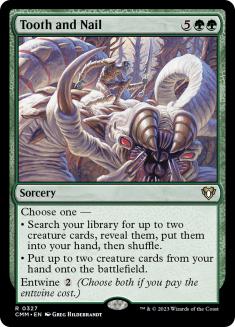
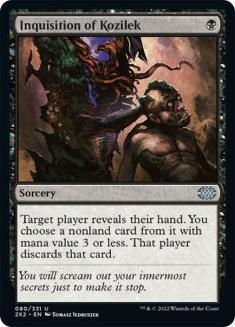
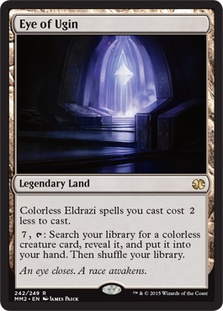
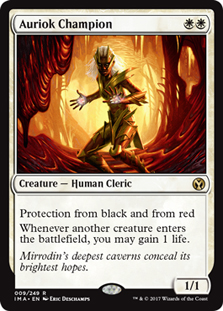
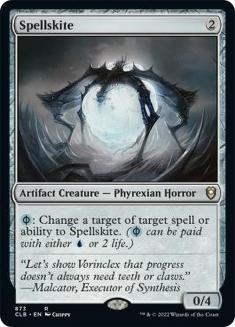
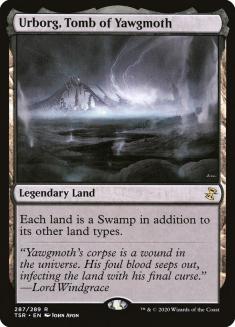
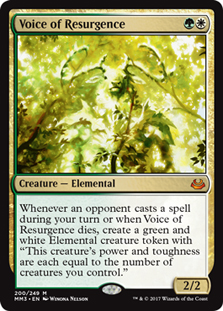
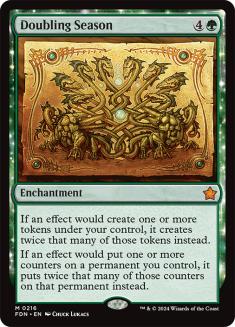
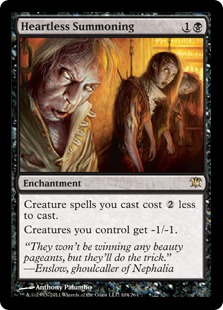
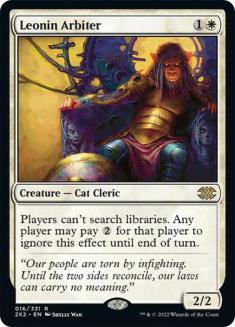
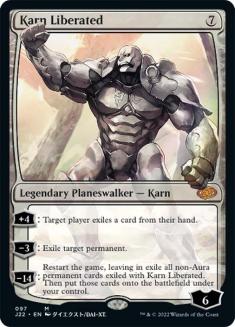
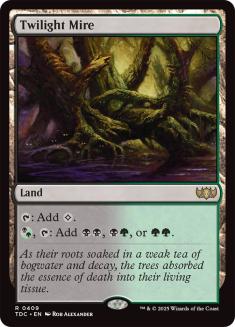
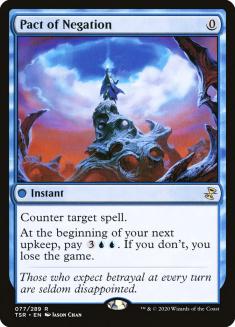
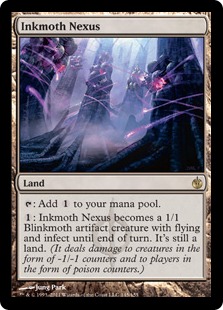
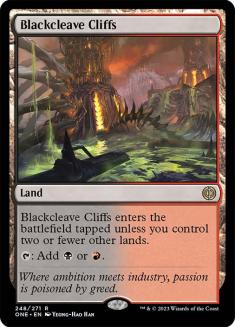
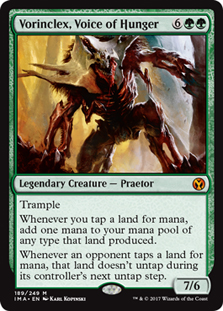
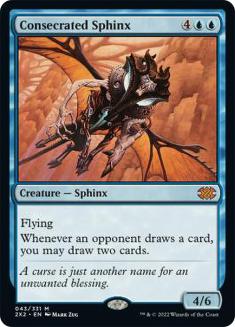
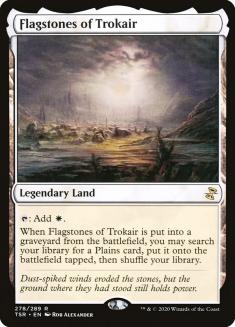
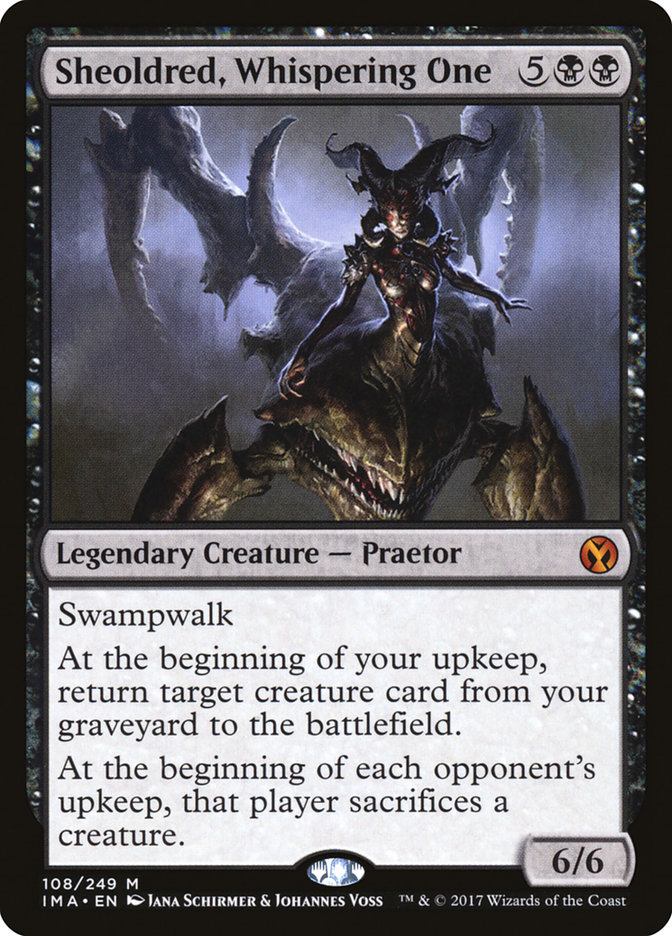
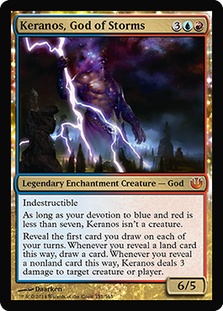
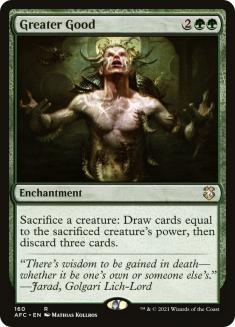
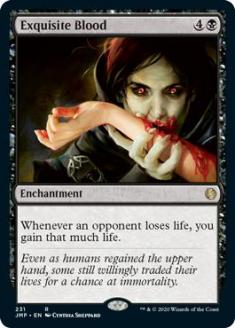
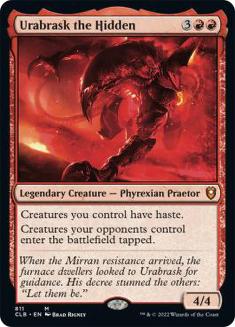
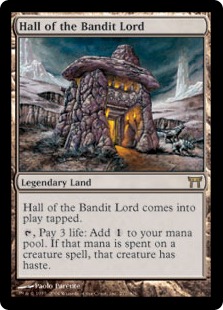
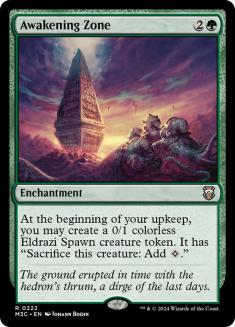
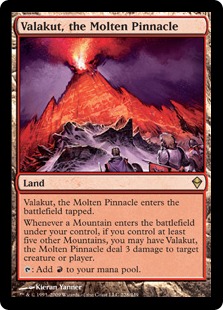
At this point, all of these cards are good buys at pre-spike prices if you can still find them but you should avoid paying premiums for them at the moment—the market is too crazy to recommend buying much of anything that people have already caught on to. Anything in Modern that sees a decent amount of play and has only been printed once is fair game for a price spike and demand surge, especially in a post-ban world.
The allied painlands are also seeing some upward movement as potential colorless enablers in Modern. The foils have gone especially crazy and are worth looking for in your local game store’s old set binders.
In Standard, the Oath of the Gatewatch Prerelease is behind us now. I’ll have more to say about the set next week when we take a look at its first weekend in Standard, but for now prices are pretty quiet (other than the Standard-legal Modern Eldrazi pieces) in anticipation. Since my set review, Kozilek, the Great Distortion; Kozilek’s Return; World Breaker; Mirrorpool; Oath of Nissa; and Thought-Knot Seer have all gained value. I like all those cards, so I’m not surprised. I still wouldn’t pre-order anything in the $5+ range, though—the risk is too great. If you can’t resist, Patrick Chapin wrote a great article about building with the new Eldrazi last week. He’s pretty bullish on Thought-Knot Seer, Reality Smasher, and Ruins of Oran-Rief, all of which I like. Check out his article here.
There was a lot of social media uproar about WotC proxy policy last week, and some were claiming that WotC was about to enforce a hard line policy against Legacy and Vintage events with proxied cards. Needless to say, that did not come to pass. Elaine Chase clarified WotC’s stance on the matter last Thursday, which confirmed that it’s business as usual. You can’t sanction an event with proxies, of course, but that’s been true for a long time.
While WotC didn’t come out and say that unsanctioned events with proxies were okay, it’s very, very easy to read between the lines and see that WotC does not mind if those sorts of tournaments continue as long as it doesn’t hurt their bottom line or encourage actual counterfeiting. WotC can’t say more than that, I’m sure, because of legal issues with copyright and such. But if you’re worried about WotC employees shutting down your LGS’s Wednesday night eight-person ten-proxy Legacy tournament, I just don’t see it happening. This is a non-issue, and it will not hurt Vintage or Legacy prices.


